A breathtaking stone garden acknowledged by the artist shigemori mirei, the scenic spot of the country “Awa Kokubunji garden”
作庭家 重森三玲氏も認めた息呑む石庭、国の名勝「阿波国分寺庭園」
There is National Place of Scenic Beauty Awa-Kokubunji Temple Garden.The temple is 15th temple on the Shikoku pilgrimage.
はっと息を呑むほどの圧倒的な存在感を放つ庭が徳島県、四国遍路15番札所の国分寺にあります
Rockwork in the garden is a first-class item in the Japanese garden throughout each era.
庭園の石組は、各時代を通して、日本庭園中での第1級品です。
The Kokokubunji Temples (also officially known as Konko Myo Shitenno Gokoku no Tera) were nationally-owned temples erected throughout the country by imperial decree from Emperor Shomu in the year 741.
Excavations beginning in 1978 have uncovered the remains of a larger temple complex, including a cloister and mud wall thought to extend from the main sanctuary, as well as a gutter delineating the temple grounds. Based on these discoveries, the temple is thought to have had a pagoda to its west, with its main sanctuary, auditorium and other buildings lined up in a row in the style of Nara’s Todaiji Temple, forming a temple ground of over 200 square meters in area, the present-day Kokubunji Temple at its center.
国分寺は、741年に聖武天皇の勅旨により、国分尼寺とともに全国に建立された官立の寺院です。
阿波国分寺跡は、1978年度以降の発掘調査で、金堂から延びると想定される回廊跡や築地塀跡、寺域を区画する溝などが確認されたことから、かつては西に塔を配し、金堂・講堂などが一直線上に並ぶ「東大寺式伽藍配置」を有し、現在の国分寺を中心とした方2町(約218m四方)におよぶ範囲に存在していたと考えられています。
Awa Kokubunji Temple
Designated Cultural Property of Tokushima pref.
国分寺は、741年に聖武天皇の勅旨により、国分尼寺とともに全国に建立された官立の寺院です。
阿波国分寺跡は、1978年度以降の発掘調査で、金堂から延びると想定される回廊跡や築地塀跡、寺域を区画する溝などが確認されたことから、かつては西に塔を配し、金堂・講堂などが一直線上に並ぶ「東大寺式伽藍配置」を有し、現在の国分寺を中心とした方2町(約218m四方)におよぶ範囲に存在していたと考えられています。
現在境内の隅に残る塔心礎は、寺の南西側の「塔ノ本」の字名が残る水田の中から出土したと伝わるものであり、周辺地域には東門、西門、北門、坊などの字名が今も残っています。
発掘調査で出土した遺物の一部は、徳島市立考古資料館に収蔵・展示されています。
The Kokokubunji Temples (also officially known as Konko Myo Shitenno Gokoku no Tera) were nationally-owned temples erected throughout the country by imperial decree from Emperor Shomu in the year 741.
Excavations beginning in 1978 have uncovered the remains of a larger temple complex, including a cloister and mud wall thought to extend from the main sanctuary, as well as a gutter delineating the temple grounds. Based on these discoveries, the temple is thought to have had a pagoda to its west, with its main sanctuary, auditorium and other buildings lined up in a row in the style of Nara’s Todaiji Temple, forming a temple ground of over 200 square meters in area, the present-day Kokubunji Temple at its center.
重森三玲氏(日本庭園史大系 桃山の庭 77頁)より
「本堂に上がって、左に廻ると、直ちに須弥山手法による石組みが、板石状の石によって立てられている。横と裏とに同じ板石状の巨石を傾斜させて中心石に挑みかかっている。この石組みなどを一覧すると、第一に作者が鋭い感覚によって選んだ庭石材料であることが分かる。何人もアッと驚きの声を放つだけの剛健極まりない石組みである。これほどの石組みは、各時代の石組みの中にも見出せない。全く見る者をして圧迫感を感じさせるもどのものであり、雄勁そのものである。」
重森三玲氏(日本庭園史大系 桃山の庭 80頁)より
「これらの石組みは、立石あり、横石あり、傾斜の石あり、逃ぐる石あり、追う石あり、入り込む石あり、留める石ありといった風で、千姿万態の自由自在な技法が駆使されている。そしてしかも剛健そのものであり、雄勁そのものであり、観る者をして身動きさせぬものを持っている。驚目、只驚き入る次第であり、最敬礼という訳である。」
重森三玲氏(日本庭園史大系 桃山の庭 80頁)より
「これらの対岸には、下部の護岸石組みを初めとして、上部にかけて三段の石組みがある。西部に近い上段の石組みは蓬莱式の石組みであって、何れも躍動的であり、横石と立石の組み合わせが自由奔放であり、剛健な手法が目に飛び込んでくる。」
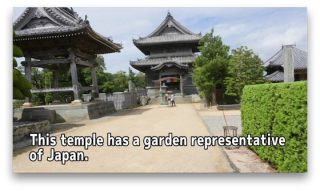
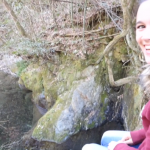
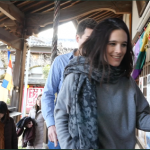
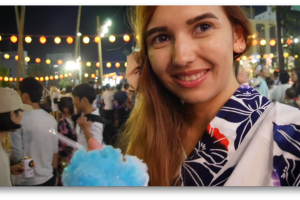
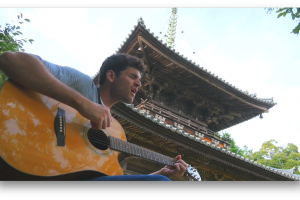
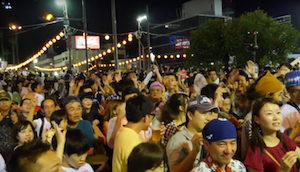
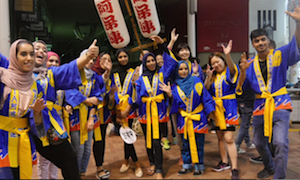
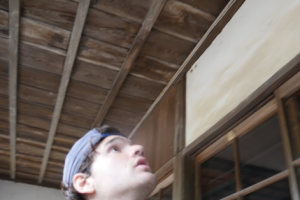
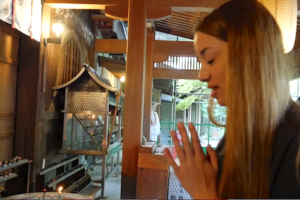
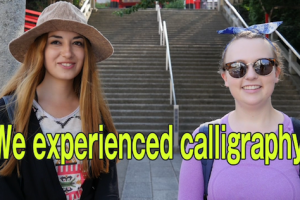
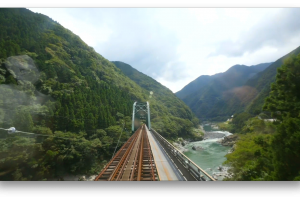
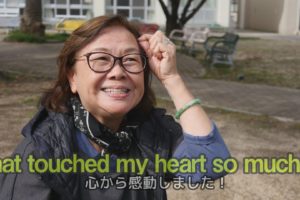
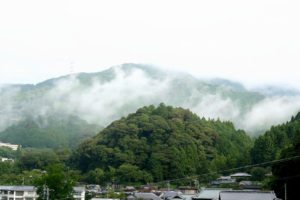
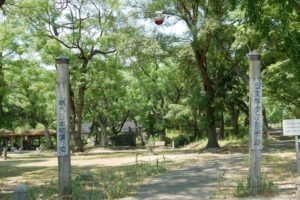
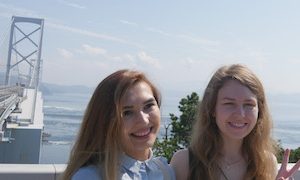
コメントを残す